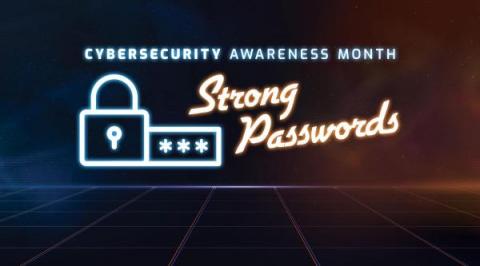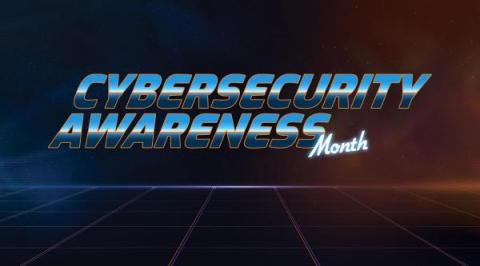Cybersecurity Awareness Month: Why You Need To Use Strong Passwords
To kids, their Halloween candy stash might as well be a treasure chest. It is their most valuable possession and must remain hidden from pirates … or at least siblings dressed up like pirates. I grew up in a big family. With many kids in the house sharing the same love for Reese’s Peanut Butter Cups, I knew the value of my candy. I knew how important it was to keep it secure. I’d count the pieces multiple times a day.










